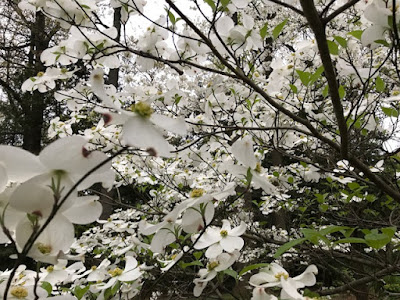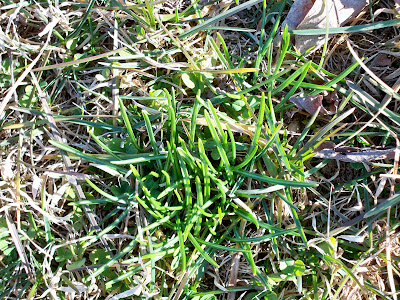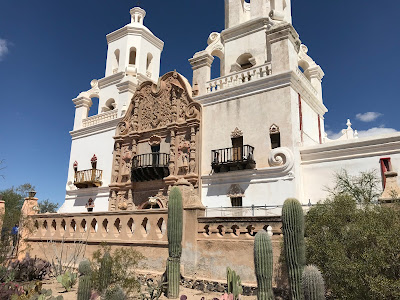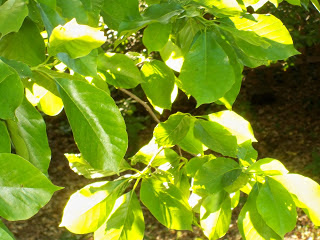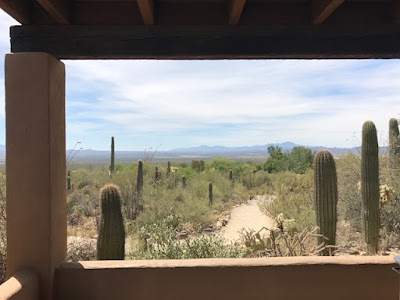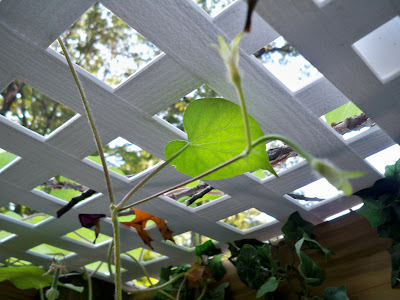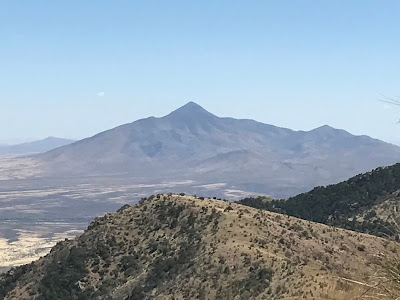When Minutes Fly
I’ve had many commutes in my life. The easiest was a stroll down the hall. The most inspiring was a walk through Central Park from the Upper West Side to Midtown Manhattan.
The one I have now involves a drive, Metro trip, bus ride and walk. I might be in as many as four vehicles on the way home, since I switch from one line to the other to avoid being squeezed in what is known here as the “Orange Crush” (for the Orange Line to Vienna, where I park my car).
All of which is to say, I have a disjointed commute. What’s consistent about it is that, unless I’m standing up and it’s too crowded to breathe, I have a book, journal or newspaper in hand. What stitches together the minutes and hours is … ( no surprise!) … the written word.
It’s amazing how quickly this makes time pass, how easy it is to miss my stop. So today I’m grateful for the words that make the minutes fly. Don’t know what I’d do without them.

